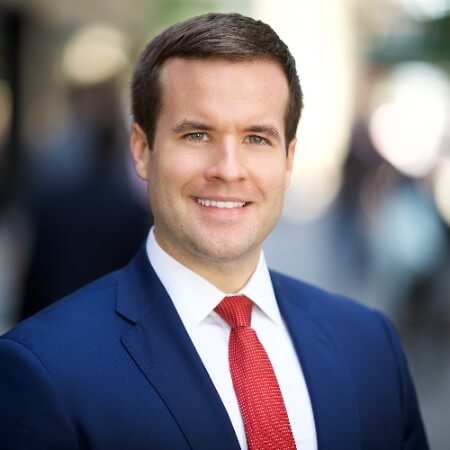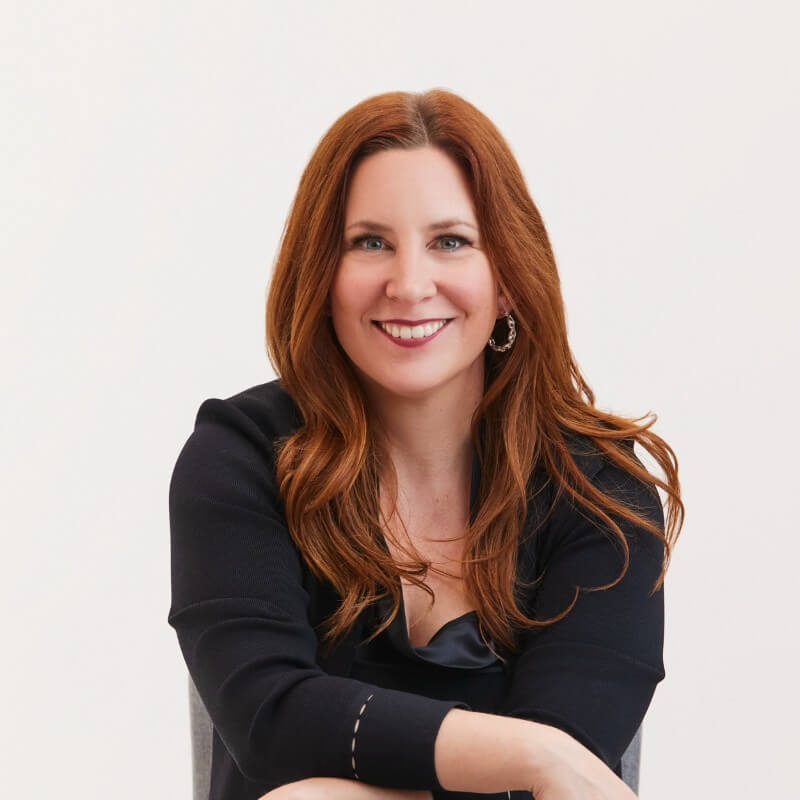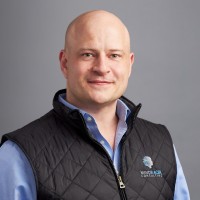Rebranding a Professional Services Firm
I want to start off by saying I am not a branding expert. I am writing this article as a 100% unbiased peer founder/business operator with nothing to sell related to branding. My goal is to share my experiences and lessons learned with others to help on their journey – whether avoiding the costly need to rebrand or how to handle it more efficiently if warranted.









